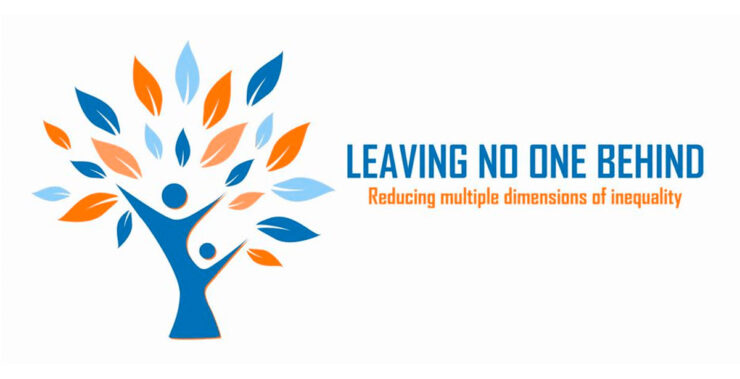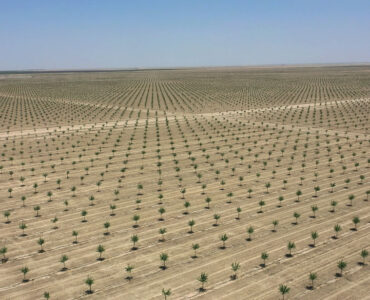Leaving No One Behind Country Brief: Turkmenistan, October 25, 2022, by the UN Economic and Social Commission for Asia and the Pacific highlights many opportunity gaps as well as high rates of inequality between various demographic groups in Turkmenistan. “Inequality” refers to “unequal access to basic opportunities” and “opportunity gaps” refers to the divide between groups of people regarding access to opportunities and basic necessities.
The highest levels of inequality are prevalent in post-secondary education, early childhood education, and internet usage.
Justification of violence against women is also more prevalent among certain groups more than others.
- Post-Secondary Education: Only 10% of all Turkmens have completed post-secondary education.Out of those 10%, only 2% of low-income women have completed higher education compared to 23% of upper-class men living in urban areas.
- Early Childhood Education: 19% of children with three or more siblings under the age of 5 living in rural areas have completed early childhood education. 75% of boys with one or no siblings living in urban areas have completed early childhood education.
- Internet Usage: 27% of individuals over the age of 35 have used the internet in rural areas. In contrast, 75% of individuals between 15 and 24 years of age who live in urban areas have used the internet.
- Acceptance of Violence Against Women: 66% of women who are living in rural areas and are between the ages of 25 and 34, with one or more children under the age of 5, accept the use of violence as a way to uphold specific gender roles in Turkmen society. In contrast, only 30% of women between the ages of 15 and 24 who are living in urban areas with no children under the age 5 view violence against women as an acceptable method of upholding “traditional” gender roles.
According to the report, age, class, gender, and living in rural vs. urban locations are all factors that impact opportunity gaps in Turkmenistan. Poorer women living in rural areas are the furthest behind, while wealthier men living in urban areas are the furthest ahead.
The good news is that Leaving No One Behind has found that there are no evident gaps in access to skilled birth attendance, secondary education, to electricity, basic drinking water, and basic sanitation, as well as no gaps in the level of overweight children under the age of 5.






